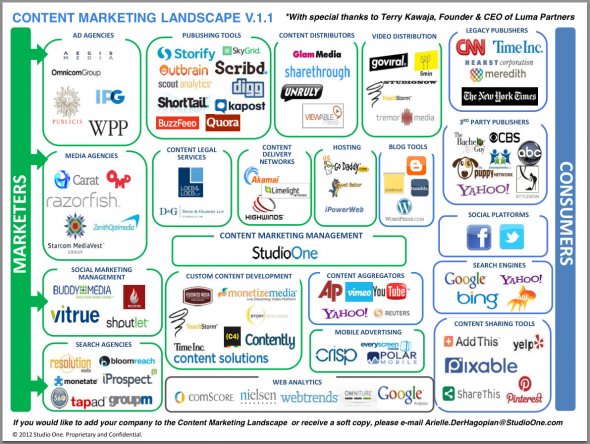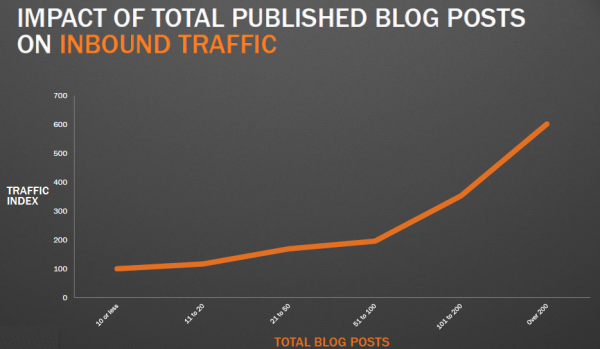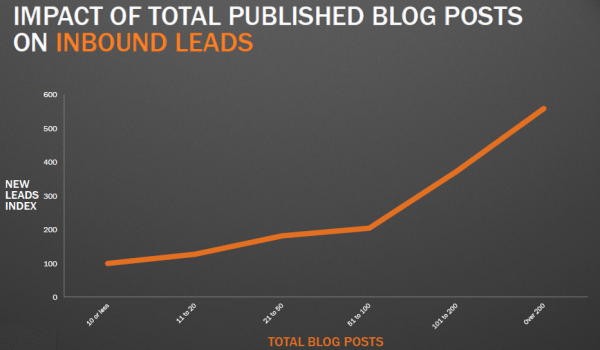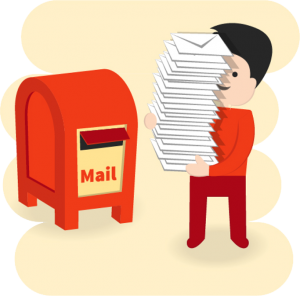
Source: Rob Neu
Get Your Blog Noticed
It seems like a lot of bloggers, and people in general really, have a bit of a negative view when it comes to SEO (Search Engine Optimization) and how to utilize it to be one of the top entries of a search results page . It seems that lately opinions are moving in a more positive direction. I think this is awesome because SEO can really help bloggers get their content noticed. Ranking well in organic search is one of the best ways to share your voice with a larger audience and increase your authority on a given topic.
The goal of this article is to help bloggers understand that SEO is simply a tool, not the mystical black art that many have sold it to be. When you do SEO right, it really doesn’t need to impact your writing much at all. Once you learn the basics, it just sort of becomes something you do naturally without having to think about it very much. The places where most bloggers struggle are keyword targeting, strategic link-building, and technical SEO. Technical SEO is indexation problems, meta issues, and most of the other things that our SEO audits address.
None of these things should change the way you write significantly. Keyword targeting can be as simple as doing a bit of research to make sure you mention the right words a few times throughout your posts. Technical SEO sounds complicated, and can be sometimes, but if you’re a blogger using WordPress, chances are it’s actually a lot simpler than you think. Strategic link-building can be a bit tricky, but as a blogger you have a distinct advantage over other website owners in this area. Bloggers can update their site and display new content very quickly. Search engines love this kind of activity.
Harness Your Blog to WordPress
Facts don’t lie. As of this writing, WordPress powers over 38% of the Web. It is by far the most widely-used content management system and it continues to grow in popularity every year. It should be noted that this is the self-hosted version of WordPress, which is WordPress.org not WordPress.com. WordPress.com is a great place to get started, but if you’re serious about blogging and SEO you should consider self-hosting.
In addition to being popular, WordPress is also a very SEO-friendly CMS. Without doing anything extra, simply using WordPress will improve your chances of ranking. This is because it has a lot of basic SEO functionality, such as pretty permalinks and contextual page titles, built right in.
Moving to WordPress is (Usually) Easy
There are a lot of importers for WordPress that let you move your content from other systems like Blogger and Tumblr built right in. There’s also a bunch of great plug-ins and an entire guide to help make the transition to WordPress easier. One area that might be a bit of a challenge is choosing a new design for your site once you’re up and running. Lucky, there are tons of great free and premium WordPress themes for you to choose from.
Integrate Basic SEO Into Your Blogging
Once you’ve got your blog running on WordPress, you need to start thinking about integrating some basic SEO best practices into your blogging work-flow. A good place to start making some changes is in your keyword targeting.
Over time, you’ll start naturally writing your posts in a more search-friendly format, but when you’re getting started it’s best to do these things AFTER you’ve finished writing. When SEO isn’t familiar to you, focusing on it right out of the gate will just slow down your writing and frustrate you. Try to put it out of your mind until you’re done writing and think of it more as part of your editing work-flow.
You should also keep in mind that your SEO title and your meta description are going to be the way people see your post in the Google search results. Because of this, they need to be attention-grabbing. Getting this right is critical for convincing people to click on your post. A great title can even outdo a higher ranking in some cases, so definitely spend some time thinking about improving your headlines.
How Do You Know Which Keyword to Choose?
Choosing the right keywords for your posts is another area where most people struggle. Many times the title of your posts might not be exactly what people are looking for on Google. As you do this more, you’ll start to develop a bit of a 6th sense for choosing keywords, but starting out it can be a little tricky.
Don’t let this section intimidate you or stop you from optimizing your posts. Google is pretty smart and they’re getting smarter all the time. If your content is good enough, they’ll frequently rank you for the keyword you should have targeted if it isn’t something that’s super competitive.
That said, in a perfect world you’d always be optimizing your content for the ideal keywords. In order to get a little closer to that, you can use a few tools to get an idea of what people are searching for on Google.
Keyword Research is Hard, but Worth the Effort
In order to pick the best keywords, you need to do a little research. There’s a tool from Google called the Keyword Planner that will let you see how many people are searching for a particular group of keywords. The problem is it’s difficult to come up with variations on your original idea to see what might work best. Luckily, there’s a simple tool called Ubersuggest that can give you a ton of ideas to test in the Keyword Planner. Here’s a guide on how to use Ubersuggest.
Spending 5 or 10 minutes doing this can mean the difference between targeting a high competition, low volume keyword or targeting a low competition, high volume keyword. It’s hard to get into the habit of doing this, but if you take the time to learn it, you’ll understand the benefits pretty quickly.
Google also has another useful tool called Google Trends which lets you see the overall interest in a keyword or a topic over a period of time. This can be a good indicator for whether a keyword or a topic is worth focusing on. Keyword research is a pretty vast topic and it’s also one of the cornerstones of SEO. Don’t feel bad if you have trouble with it, you are far from being alone. Just chip away at understanding it a little at a time.
Participate in Your Community
Being an active blogger gives you a number of distinct advantages over other website owners. As a blogger, you probably already have a group of people you interact with and talk to online on a regular basis. This is a huge advantage! Keep track of where these people are hanging out on the web.
Stay active on Twitter, Facebook and LinkedIn in particular, among the Social Networks. All of these things mean that whenever you publish something related to WordPress, it’s pretty much guaranteed to get a lot of eyeballs and pull in a decent amount of links.
You need to do the same thing in your industry. Start searching for things related to your industry and follow the top results to find where everyone is hanging out. Find the popular blogs, see which social networks everyone is most active on, and pay particular attention to any forums your community is using.
Start leaving comments, talking on social channels, sharing your own content as well as the content of others, and posting in forums. Don’t spam anyone, but don’t be afraid to jump into the conversation either. Once you’ve established yourself in the community a little bit, don’t hesitate to start asking people for links when appropriate. If you’re a genuine person and you’re not just trying to leech off the community, you’ll be surprised how responsive and helpful everyone is.
Keep Track of Your Progress
If you’re not already using Google Analytics, you really need to start. Analytics can get pretty complicated and probably deserves an entire post of its own. That said, there’s a number of simple things you can look for in your analytics to help you keep track of and improve your blog’s content and SEO efforts. First of all, you’ll need to set up and install Analytics if you haven’t already. This guide does a good job explaining how to set up analytics and you can use this plugin to add analytics to your blog.
Rinse and Repeat
One of the biggest mistakes people make is they give up too early. The things outlined in this post take time! You can’t just target a few keywords, send a couple emails, and check analytics a few times if you want to succeed. You need to keep at it.
Don’t stop after you optimize a post or two. Do as many as you can! Go back into your old content and optimize it. Keep doing keyword research and learn how to anticipate what people will be searching for in your field. Keep your finger on the pulse of your community so you can be one step ahead of everyone and create content that people are thirsting for. You can do it! It’s not has hard as it seems, just keep working all the time and eventually you’ll get there.
Contributor #markethive
Alan Zibluk – Markethive Founding Member















